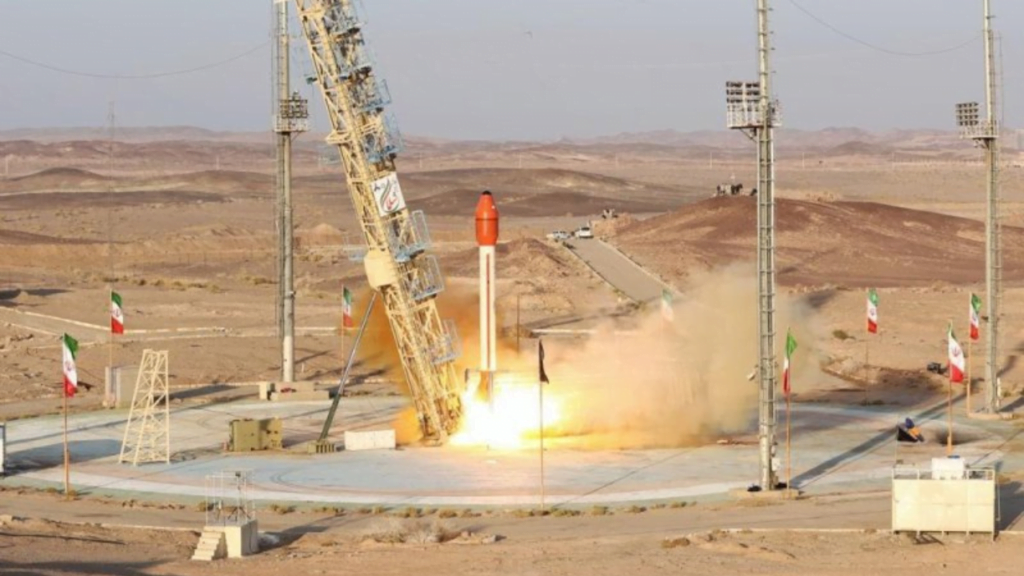Iran’s human space mission objective is unclear but Iran aims to send humans into space by 2029. This mission inches one step ahead after the successful launch of a biological capsule into space. In 2013, Iran sent two monkeys into space and brought them back to Earth. Iran initiated efforts to launch animals into space in the mid-2000s, achieving its first successful mission in 2010. Till now only the USA, Russia, and China have sent humans into space successfully and India is ready to join this league by sending humans into space by 2025 by its “Gaganyaan” mission.
Iran’s Human Space Mission
On 6 December 2023, Iran sent a 500 kilogram (1100 pound) biological capsule into space by Iranian rocket “Salman” at an altitude of 130 km (80 miles). This test was experimental to test recovery and speed control systems, capsule impact shields, aerodynamic design, control systems, and biological monitoring systems. Iran conducted these types of exploration missions after 10 years last one was conducted in 2013.

The Salman rocket was constructed by Iran’s Ministry of Defense and Armed Forces Logistics’ aerospace division, and the 1,100-pound capsule marked a historic achievement as the heaviest biological capsule ever launched into orbit successfully by Iran.
In the future, Iran could conduct more tests like this as part of its efforts to achieve Iran’s human space mission set for 2029.
Read Also NISAR – A $1.5 Billion USD Dollar satellite
Iran’s Space Programme
Iranian Space Agency launched the first Iranian satellite “Omid” by domestic launcher “Safir” in 2009. The most recent satellite launched by Iran was Noor-3 which was launched in September 2023, it was a military Earth-imaging Cubesat.
The space program always operates on a dual front, where the same technology powering space exploration also plays a role in crafting ballistic missiles. It’s a fascinating intersection where advancements in one realm contribute to developments in another.
That’s why the international community, led by the United States, expresses concerns about Iranian missile and space launches, particularly those involving long-range ballistic missiles that could potentially used for nuclear warheads.
Read Also Aditya L1 status: Live tracking and location of Aditya L1


